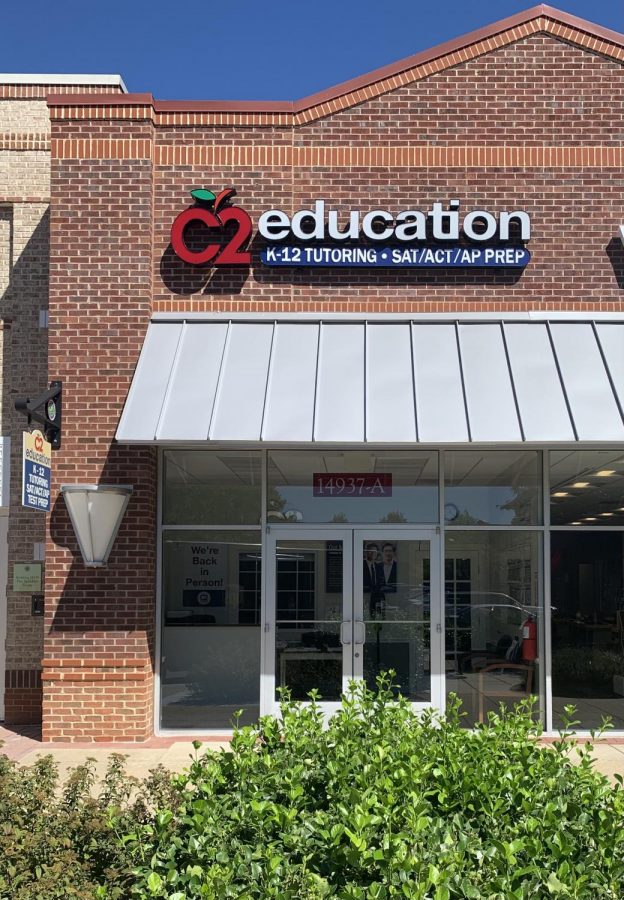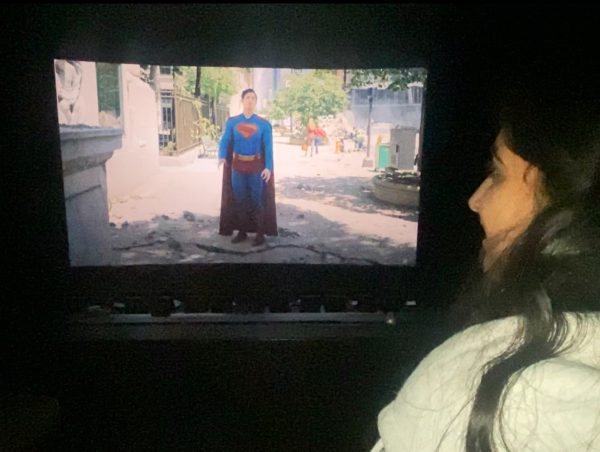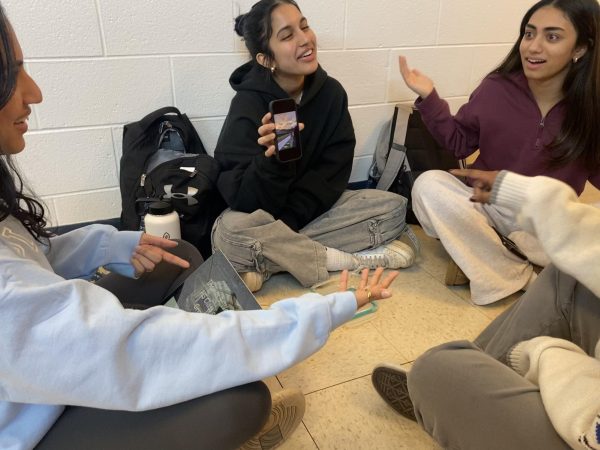College application, admission process favors wealthier people, sustaining systemic oppression
C2 Education in Fallsgrove is a popular SAT/ACT/AP Prep and tutoring facility.
$200/hour for a college adviser, $40/hour for an ACT tutor, $75 per college application- the college application and admissions process is designed to sustain the wealth and education gap that negatively impacts the majority of students and families nationwide.
It can be argued that college admissions are fair to all; processes have been put in place to “level the playing field”: Affirmative action, a practice which favors groups who have been/are currently being discriminated against, is prevalent in the admissions process. Tuition costs are lessened depending on household income, making paying for college slightly more accessible. The Common App asks for parent education level, and colleges often give scholarships to first generation college students. Community college is a more financially viable option, costing around $2,000 per semester, and around $8,000 per semester if the student is from out of state. Lastly, Khan Academy offers an SAT test preparation program for free; it has received numerous positive reviews and results so students don’t need to pay to do well on the test.
Despite all that, the playing field has not been leveled and likely will not be for years to come. A study from the University of Washington showed that when a university banned affirmative action, their underrepresented minority student demographic significantly decreased. However, affirmative action isn’t enough to create equal opportunity in the workplace or in the classroom due to racial prejudice (Are Emily and Greg More Employable Than Lakisha and Jamal? experiment.)
According to PNPI.org, first generation college students’ median household income was $37,565, while non-first generation students’ was $99,635. Aside from a huge gap in household income, first generation students don’t have family members at home who are familiar with the college application process and have to navigate the overcomplicated process more independently than others. Senior Sophia Kaplunovich said that as a first generation college student herself, “I don’t have much guidance from my parents; it’s stressful sometimes because I feel like I’m going in blind.”
Self review for tests can be beneficial, but has been proven to be less effective than one-on-one tutoring sessions with a professional. Community college, on average, has a lower graduation rate, as well as yearly income per graduate rate, compared to public or private universities.
Ninety-one percent of the top 1% in the country is white. These are the same people who can afford the exorbitant fees to ensure their child gets into the college of their choosing, and one that will likely set them up for a life in which they can remain part of the 1%. This country is built upon systemic classism and racism; not allowing minority groups access to quality education, if any at all, has historically been the easiest way to keep disadvantaged groups from succeeding. The root of the issue lies not only in the college admissions process but in the history and widespread prejudices within the country. We must advocate for more access to quality primary, secondary, and higher education nationwide in order to provide all members of society with not only equitable but equal opportunity.
Your donation will support the student journalists of Thomas S. Wootton High School. Your contribution will allow us to purchase equipment and cover our annual website hosting costs.
Ellie Reiter is a 2022 graduate.







